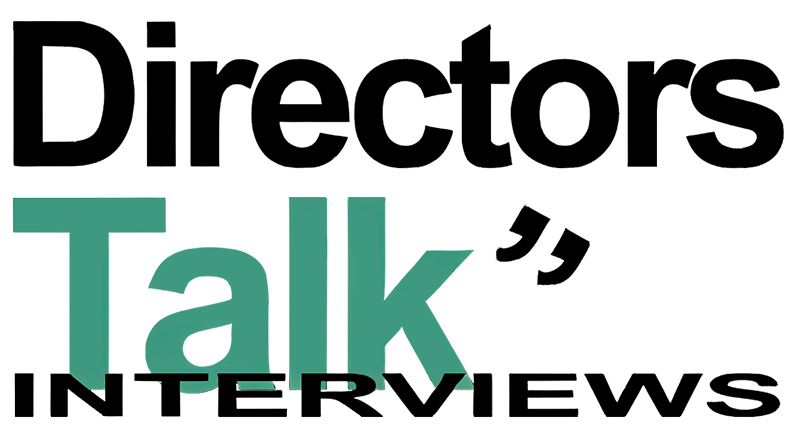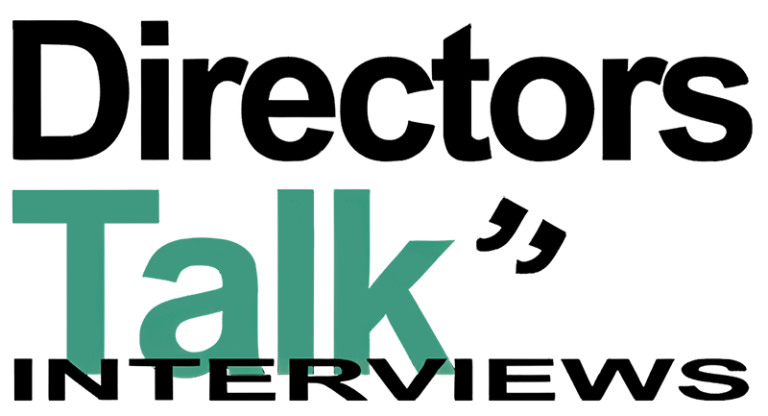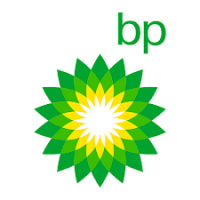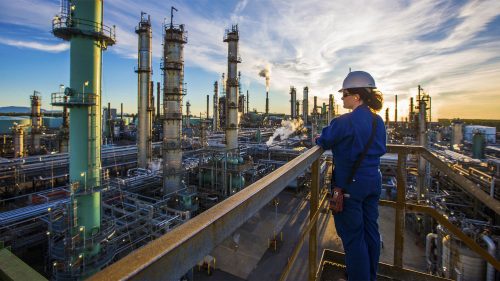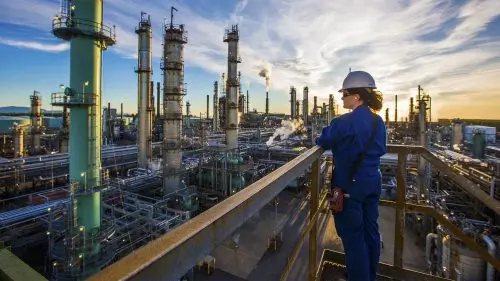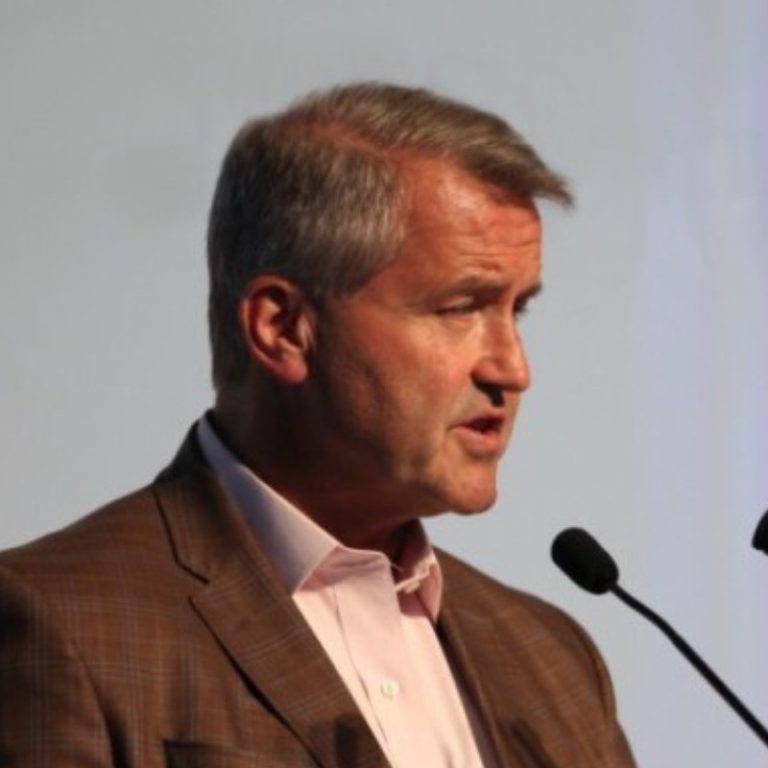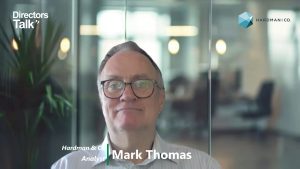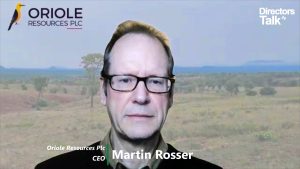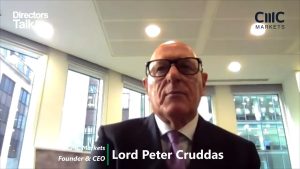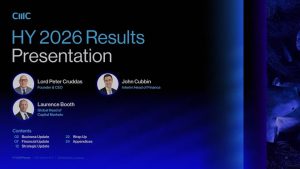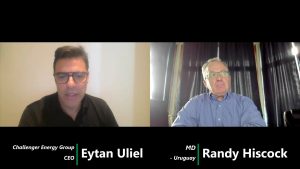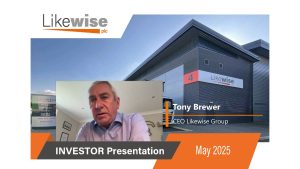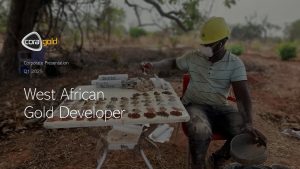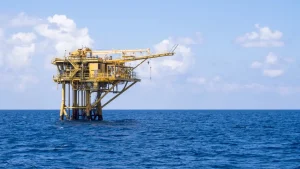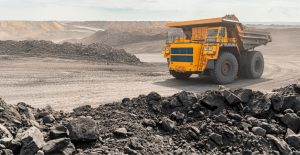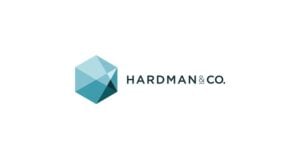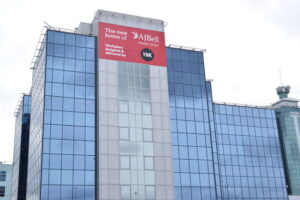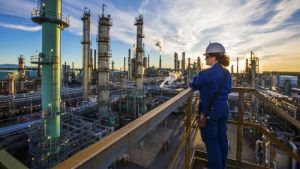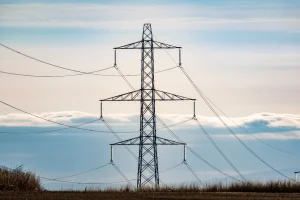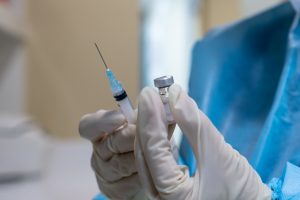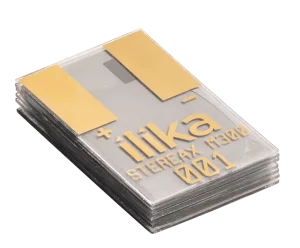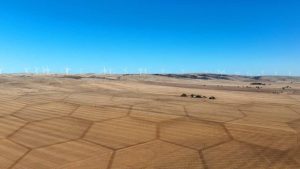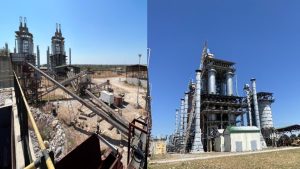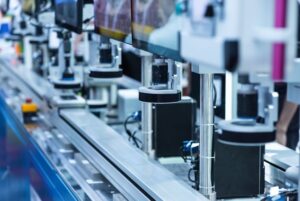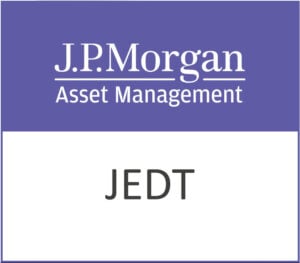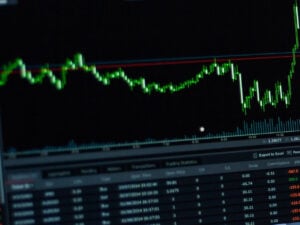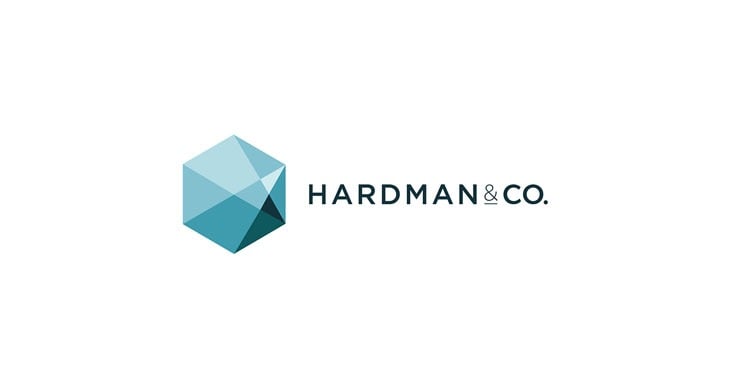Highlights
Midway through 5-year plan, continuing to deliver strong performance and strategic progress
• Strong financial results
– Underlying replacement cost profit for the second quarter of 2019 was $2.8 billion, similar to a year earlier. The quarter’s result largely reflected continued good operating performance, offset by oil prices lower than in the second quarter of 2018.
– Non-operating items in the second quarter of $0.9 billion, post-tax, related mainly to impairment charges.
– Operating cash flow, excluding Gulf of Mexico oil spill payments, was $8.2 billion for the second quarter, including a $1.5-billion working capital release (after adjusting for net inventory holding gains), and $14.2 billion for the first half, including a $0.5-billion working capital release.
– Gulf of Mexico oil spill payments of $1.4 billion on a post-tax basis in the second quarter were primarily the scheduled annual payments.
– A dividend of 10.25 cents a share was announced for the quarter.
• Solid Upstream and Downstream performance
– Reported oil and gas production for the quarter averaged 3.8 million barrels a day of oil equivalent, 4% higher than a year earlier.
– With the start-up of Culzean in the North Sea this quarter, four Upstream major projects have begun production in the first half of the year.
– Final investment decisions were taken in the quarter for new Upstream major projects in India and the Gulf of Mexico, as well as agreement for additional investment in Angola.
– In Downstream, quarter on quarter growth in lubricants and fuels marketing, more than offset by planned turnarounds ahead of IMO 2020.
• Growing low carbon businesses
– BP agreed to combine its Brazilian biofuels and biopower business with that of Bunge in a new equally-owned joint venture. On completion, BP’s interest in the venture will be more than 50% larger than its existing biofuels business.
– Lightsource BP (43% owned by BP) has continued to make strong progress, including agreeing a significant expansion in Brazil.
– BP agreed a $30 million venturing investment in Calysta, which will use BP’s natural gas to produce protein feed for aquaculture and agriculture.
Bob Dudley – Group chief executive:
At the midpoint of our five-year plan, BP is right on target. Reliable performance and disciplined growth across our businesses are delivering strong earnings, cash flow and returns to shareholders. And this is also allowing us to grow businesses that can make a significant contribution in the energy transition, helping deliver the energy the world needs with lower carbon.
RC profit (loss), underlying RC profit, operating cash flow excluding Gulf of Mexico oil spill payments and working capital are non-GAAP measures. These measures and major projects, inventory holding gains and losses, non-operating items and fair value accounting effects are defined in the Glossary on page 35.
The commentary above and following should be read in conjunction with the cautionary statement on page 39.
Group headlines
Results
For the half year, underlying replacement cost (RC) profit* was $5,169 million, compared with $5,408 million in 2018. Underlying RC profit is after adjusting RC profit* for a net charge for non-operating items* of $1,113 million, mainly relating to impairment charges, and net adverse fair value accounting effects* of $186 million (both on a post-tax basis).
RC profit was $3,870 million for the half year, compared with $4,178 million in 2018.
For the second quarter, underlying RC profit was $2,811 million, compared with $2,822 million in 2018. Underlying RC profit is after adjusting RC profit for a net charge for non-operating items of $861 million, mainly relating to impairment charges, and net adverse fair value accounting effects of $175 million (both on a post-tax basis).
RC profit was $1,775 million for the second quarter, compared with $1,789 million in 2018.
BP’s profit for the second quarter and half year was $1,822 million and $4,756 million respectively, compared with $2,799 million and $5,268 million for the same periods in 2018.
See further information on pages 3, 29 and 30.
Depreciation, depletion and amortization
The charge for depreciation, depletion and amortization was $4.6 billion in the quarter and $9.0 billion in the half year. In the same periods in 2018 it was $3.8 billion and $7.7 billion respectively (prior to the implementation of IFRS 16). In 2019, we expect the full-year charge to be around $18 billion.
Effective tax rate
The effective tax rate (ETR) on RC profit or loss* for the second quarter and half year was 39% and 41% respectively, compared with 49% and 42% for the same periods in 2018. Adjusting for non-operating items and fair value accounting effects, the underlying ETR* for the second quarter and half year was 34% and 37% respectively, compared with 42% and 40% for the same periods a year ago. The underlying ETR for the quarter and the half year is lower than a year ago mainly due to the absence of deferred tax charges from foreign exchange impacts. In the current environment the underlying ETR in 2019 is expected to be around 40%. ETR on RC profit or loss and underlying ETR are non-GAAP measures.
Dividend
BP today announced a quarterly dividend of 10.25 cents per ordinary share ($0.615 per ADS), which is expected to be paid on 20 September 2019. The corresponding amount in sterling will be announced on 10 September 2019. See page 25 for further information.
Share buybacks
BP repurchased 11 million ordinary shares at a cost of $75 million, including fees and stamp duty, during the second quarter of 2019. For the half year, BP repurchased 17 million ordinary shares at a cost of $125 million, including fees and stamp duty. Our share buyback programme is expected to fully offset the impact of scrip dilution since the third quarter 2017 by the end of 2019.
Operating cash flow*
Operating cash flow excluding Gulf of Mexico oil spill payments* was $8.2 billion for the second quarter and $14.2 billion for the half year. These amounts include a working capital* release of $1.5 billion in the second quarter and $0.5 billion in the half year, after adjusting for net inventory holding gains* and working capital effects of the Gulf of Mexico oil spill. The comparable amounts for the same periods in 2018 were $7.0 billion and $12.4 billion (prior to the implementation of IFRS 16).
Operating cash flow as reported in the group cash flow statement was $6.8 billion for the second quarter and $12.1 billion for the half year. These amounts include a working capital build of $58 million and $2.8 billion respectively. The comparable amounts for the same periods in 2018 were $6.3 billion and $10.0 billion (prior to the implementation of IFRS 16).
See page 32 and Glossary for further information on Gulf of Mexico oil spill cash flows and on working capital.
Capital expenditure*
Organic capital expenditure* for the second quarter and half year was $3.7 billion and $7.3 billion respectively. We reported $3.5 billion and $7.0 billion for the same periods in 2018 (prior to the implementation of IFRS 16).
Inorganic capital expenditure* for the second quarter and half year was $2.0 billion and $4.0 billion respectively, including $1.7 billion for the quarter and $3.5 billion for the half year relating to the BHP acquisition, compared with $0.4 billion and $0.8 billion for the same periods in 2018.
Organic capital expenditure and inorganic capital expenditure are non-GAAP measures. See page 28 for further information.
Divestment and other proceeds
Divestment proceeds* were $0.1 billion for the second quarter and $0.7 billion for the half year, compared with $0.2 billion and $0.3 billion for the same periods in 2018.
Gearing*
Net debt* at 30 June 2019 was $46.5 billion, compared with $38.7 billion a year ago. Gearing at 30 June 2019 was 31.0%, compared with 27.5% a year ago. Net debt and gearing are non-GAAP measures. See page 25 for more information.
Brian Gilvary – Chief financial officer:
We have announced another resilient set of quarterly results, in particular delivering strong underlying cash* of over $8 billion. Following the final acquisition payments to BHP and the scheduled annual payments relating to the Gulf of Mexico oil spill being made in the quarter, we continue to expect gearing to trend down through 2020 in line with disposal proceeds from our $10 billion programme and ongoing operating cash flow delivery.
* For items marked with an asterisk throughout this document, definitions are provided in the Glossary onpage 35.
